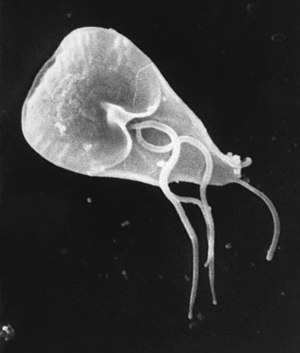AY Honors/Hiking/Answer Key
1. Explain and demonstrate the main points of good hiking practice, such as pacing, speed, resting, and etiquette.
2. Explain the importance and method of proper foot care with regard to cleanliness, care of nails, socks, shoe selection, and first aid of tender or blistered feet.
3. Make a list of proper clothing to be worn on a hike in both hot and cool weather.
Adventist Youth Honors Answer Book/Camping/Clothing
4. Make a list of needed gear for a long day hike in the wilderness and a short country hike.
5. List five safety and courtesy rules to be used in wilderness trail hiking and road hiking.
- Respect both public and private property
- Do not trespass.
- Dispose of trash properly. If no disposal facilities are available, pack out what you pack in.
- Do not destroy the flora or fauna.
- Have a good sense of humor.
- Help others with their necessities.
- Do not play games that can hurt others.
- Follow and obey the leaders.
- Finish what you start.
6. Explain the importance of drinking water and list three signs of contaminated water.
For good health and to avoid injury, it is important to stay hydrated. This is accomplished by drinking lots of water while hiking. Signs of dehydration include infrequent urination, strong-smelling urine, dark yellow urine, headaches, irritability, and lack of perspiration. You need to drink before you feel thirsty.
It is a good idea to bring a water filter or purification tablets with you on a hike so that you can refill your water containers at every opportunity. Note that water becomes more scarce as you go higher into the mountains, so if you are climbing a mountain trail, stock up on water whenever you see it.
Make sure you know how to use your filter and make sure it works before setting out on a trip. You do not want to discover that your filter is defective at a time when your health (and possibly your life) depends on its proper operation.
It is especially important to purify any water you collect on the trail before drinking it. Bacterial contamination cannot be reliably detected without lab equipment, so it is better to be safe than sorry. Purifying clean water will not hurt you. Even water that looks clean could be rife with harmful bacteria. Giardia is a very common bacteria that will cause sickness in humans. Diarrhea and intestinal cramps are very real possibilities for those who do not heed these warnings.
Signs that water is contaminated include the following:
- Nothing living in the water: If you cannot find any signs of life in the water, it is very likely to be unfit for drinking. If plants and animals cannot live in the water, it may contain poisonous chemicals.
- Oil film on surface: Runoff from roadways can deposit petroleum-based oil in the water. If you see a rainbow slick on the surface, this is a sign of pollution.
- Foul Odor: Foul smelling water is sure to be foul tasting as well, but the damage caused by drinking it may well extend beyond the taste buds.
7. Explain the importance of proper eating while hiking.
8. Describe proper clothing and foot gear for cold and hot wet weather hiking.
9. Submit a written plan for a 10-mile (16.1 km) hike which includes: map route, clothing list, equipment list, and water and/or food.
10. Use a topographical map and/or a road map in planning and doing one of the hikes in Requirement 11.
11. Have the following hiking record:
a. One five-mile (8 km) rural or town hike
A 5-mile hike can be done either in the morning or in the afternoon. It is an excellent Sabbath afternoon activity. One way to do this is to plan to hike around the neighborhood after church. If you schedule it to coincide with a church potluck you won't have to worry about feeding the troops. You will want to plan the route ahead of time though, and be sure it is at least five miles.
b. One five-mile ( 8 km) hike on a wilderness trail
Again, a five mile hike can be done in half a day, either in the morning or in the afternoon. However, unless your church is located near a wilderness trail, this will involve some travel to reach the trailhead. Your Pathfinders may be able to eat a sack lunch in the car either on the way there, or on the way back.
c. Two 10-mile (16.1 km) day hikes on different routes
A 10-mile hike will generally take all day, so plan to set out early in the morning and return in the evening. Everyone should bring a lunch.
d. One 15-mile (24.2 km) hike on a wilderness trail
Fifteen miles is a long hike, and should not be attempted in a single day except by people in excellent physical condition. If you can, plan an overnight hike, going at least 7.5 miles into the wilderness, and then hiking back out the next day. Note that this will meet a major requirement for the Backpacking and Pioneering honors.
e. Within a month of each hike, write a short report, giving dates, routes covered, weather, and any interesting things you saw.
This hiking record can be incorporated into the regular Pathfinder program so that any Pathfinder who has fully participated in club events will meet this requirement in a two-year period. Plan a 5-mile hike every fall - alternating every year between rural/town hikes and wilderness trail hikes. Have your Companion class plan a 10-mile hike each Spring. The 15-mile hike can be done every other year, perhaps during the summer. Plan an evaluation session during the meeting after each hike, and have each Pathfinder turn in the report.

